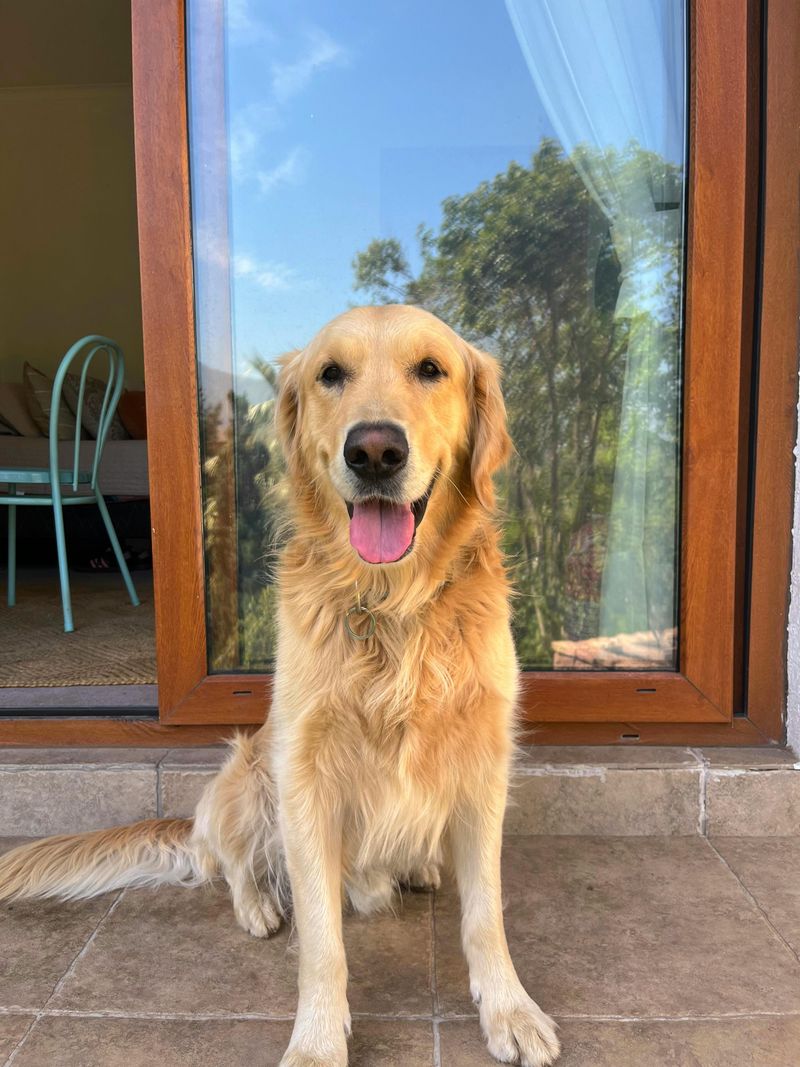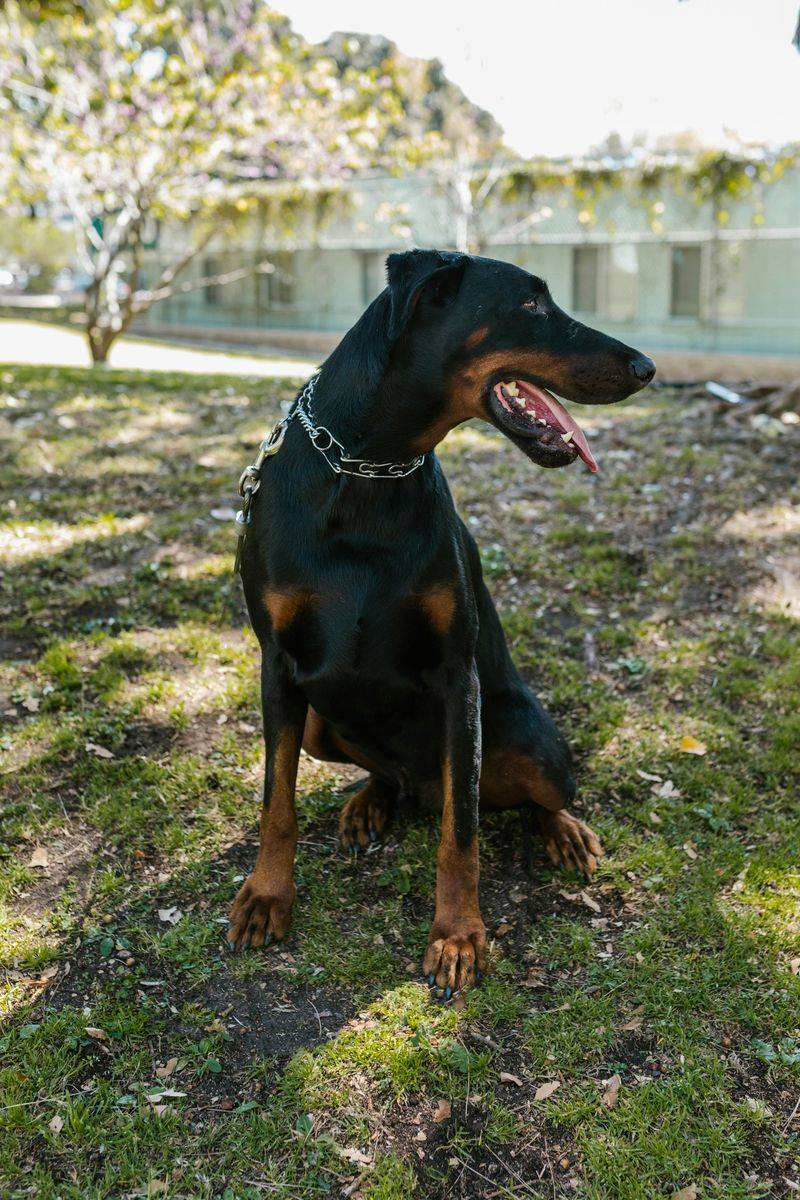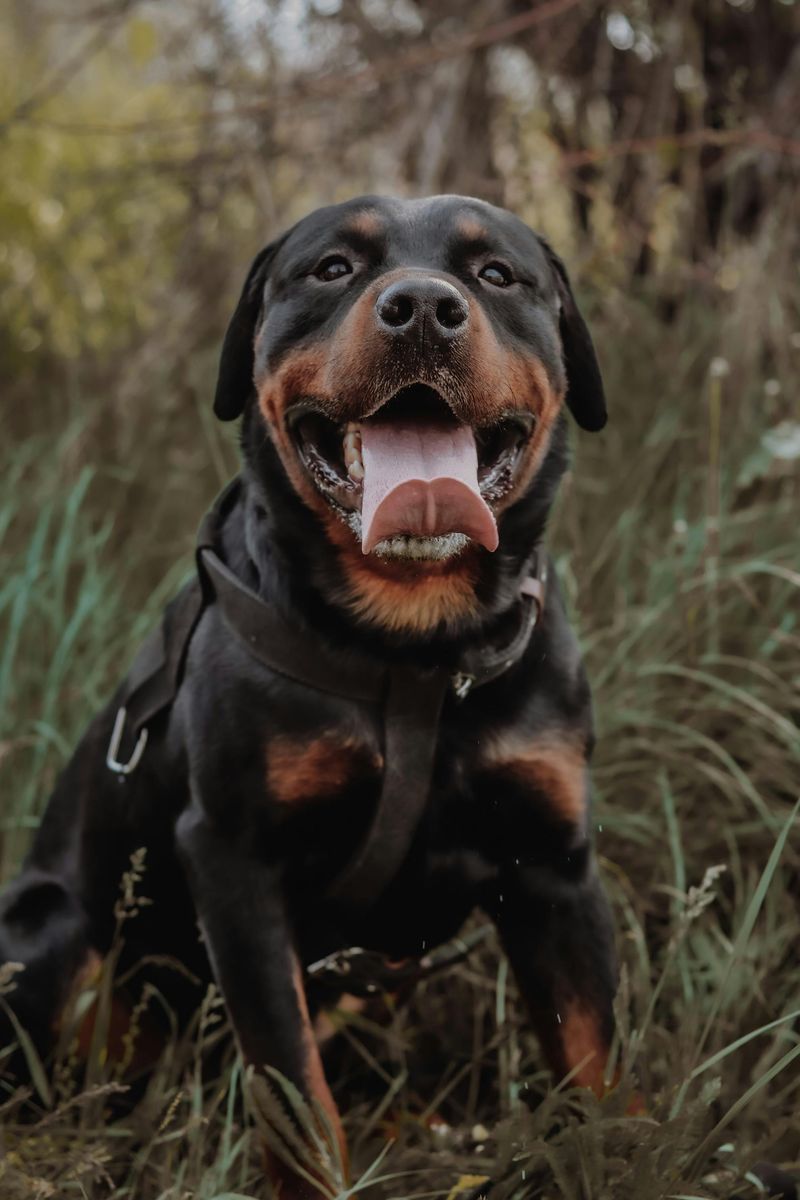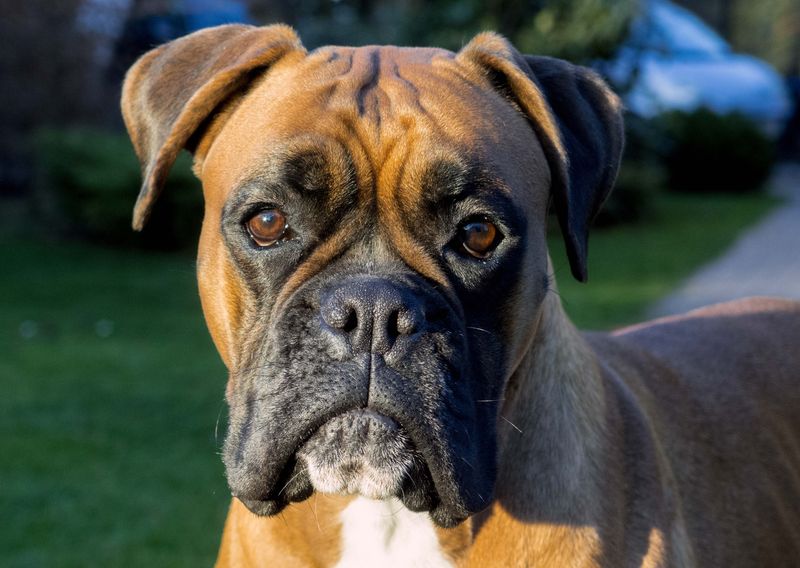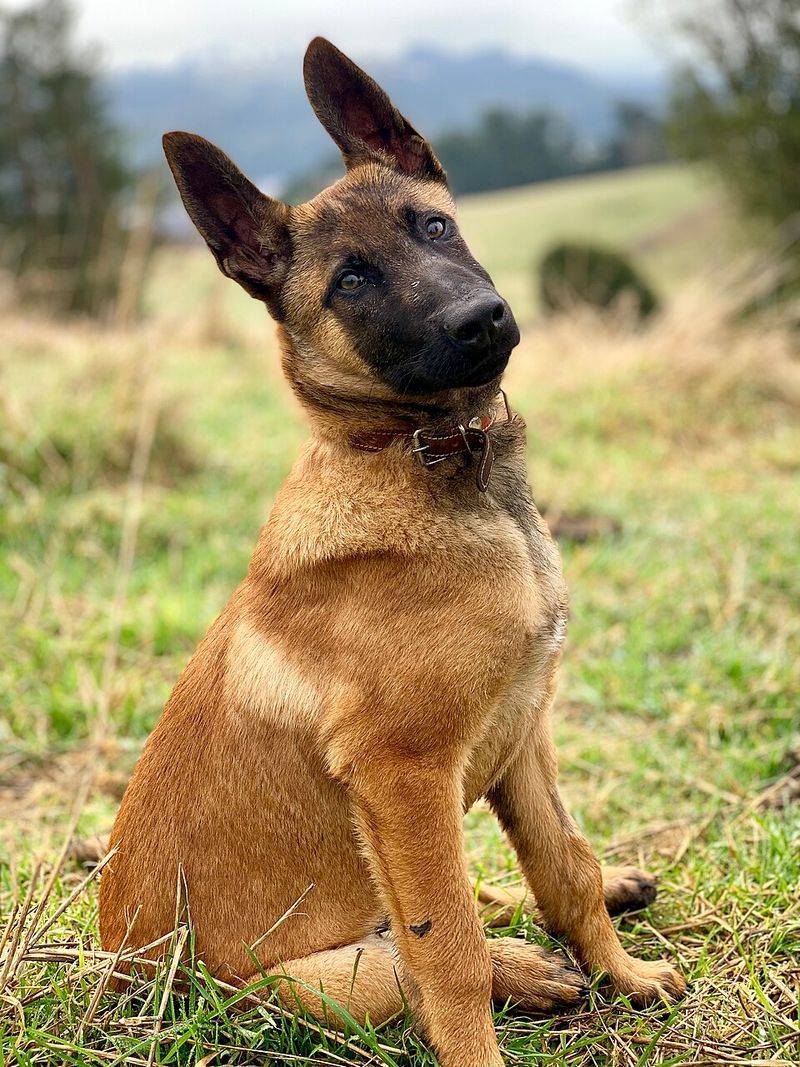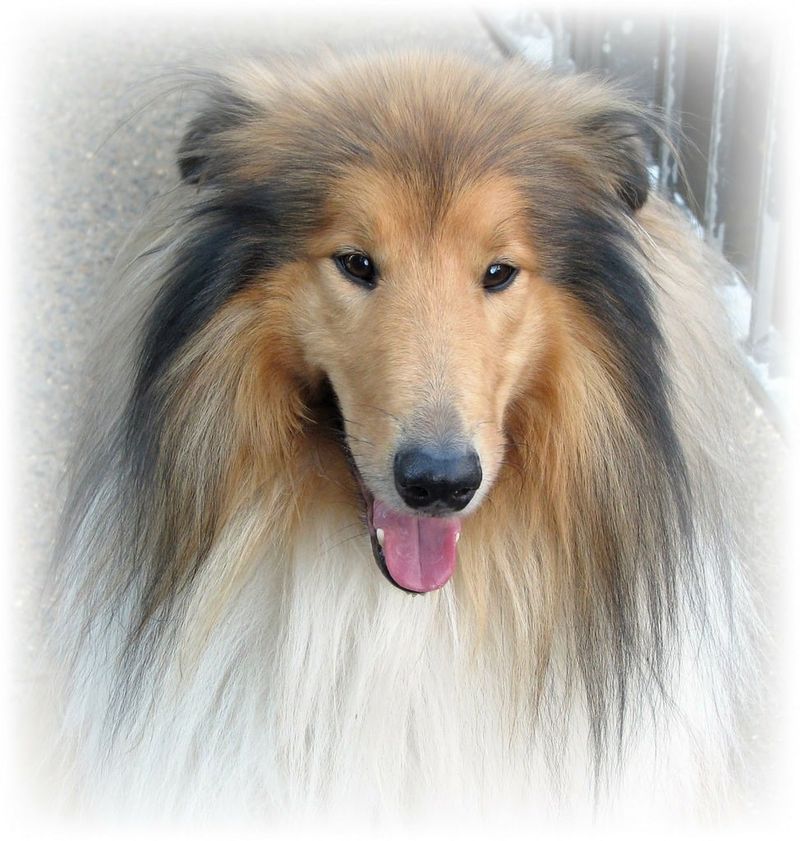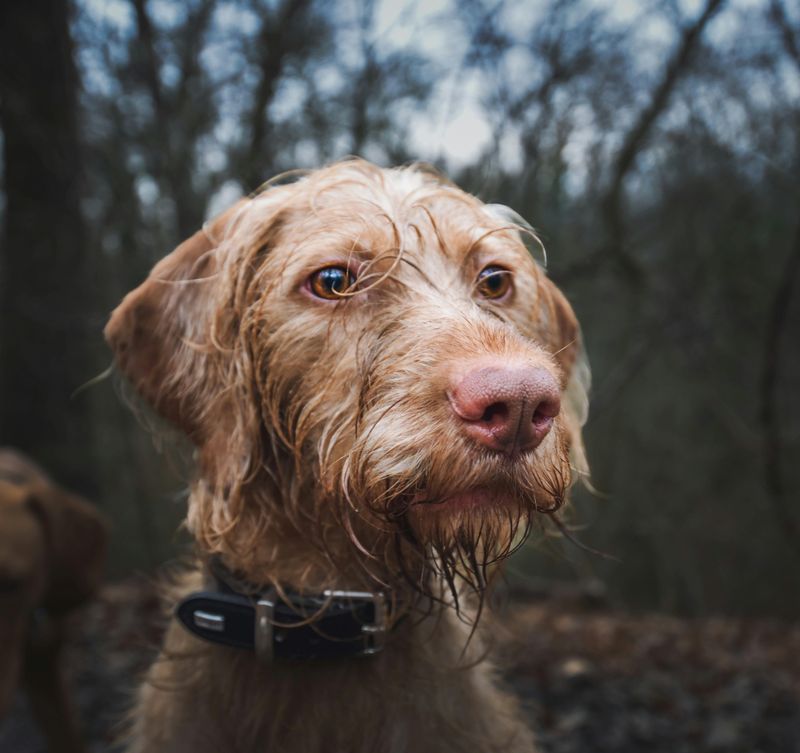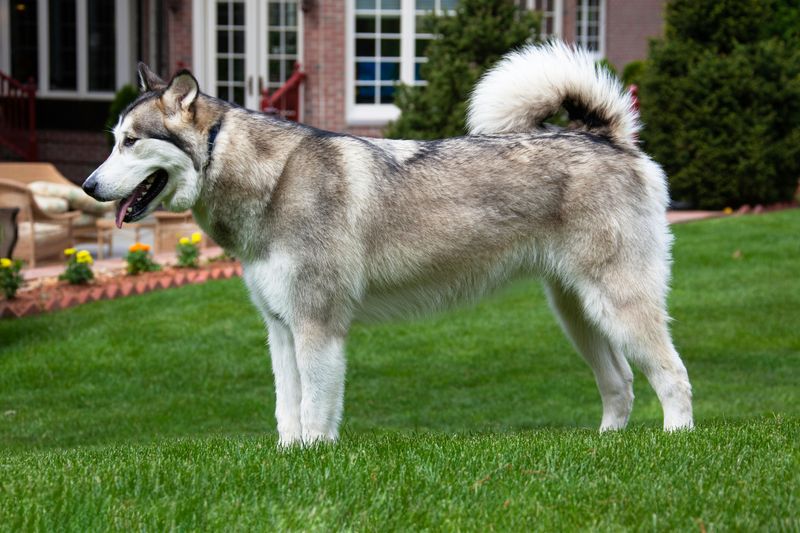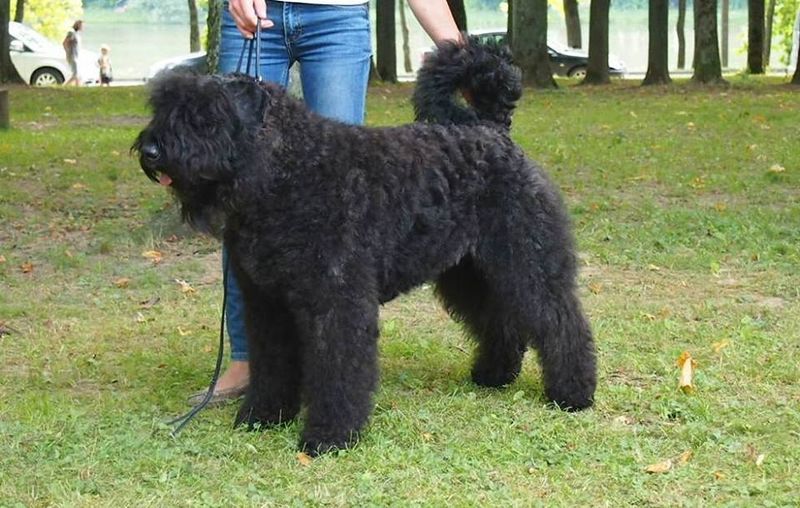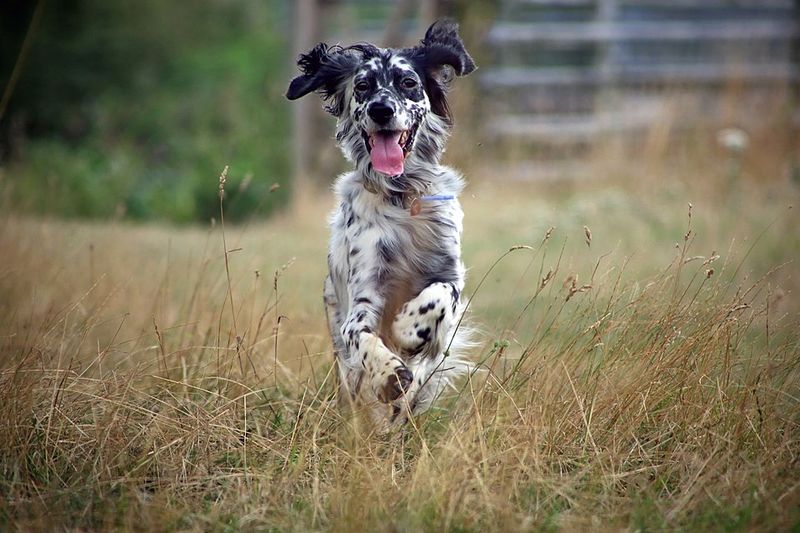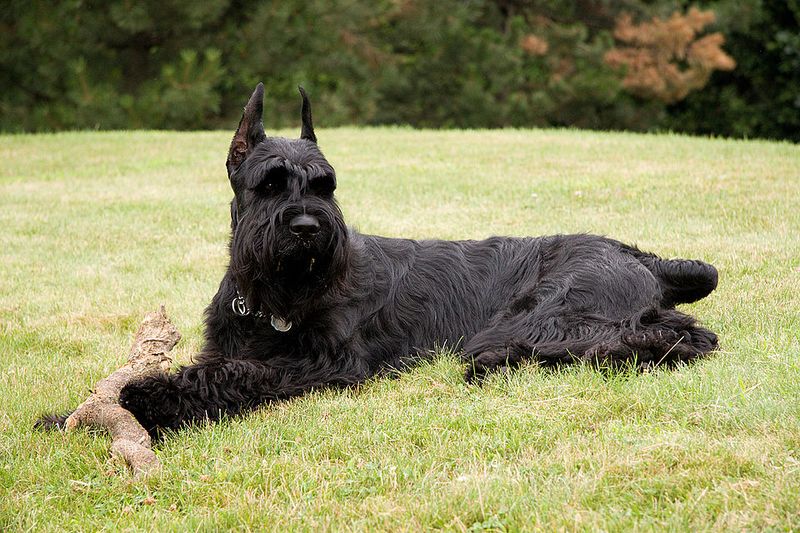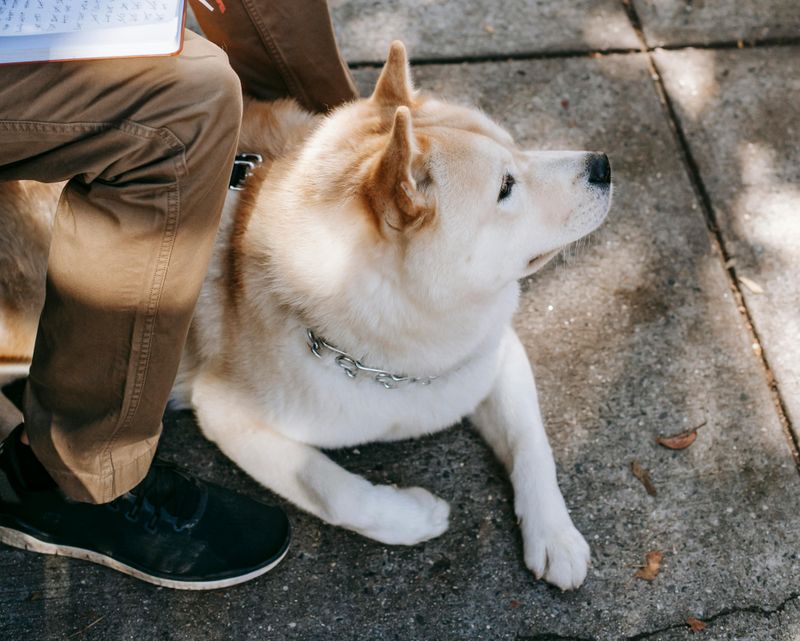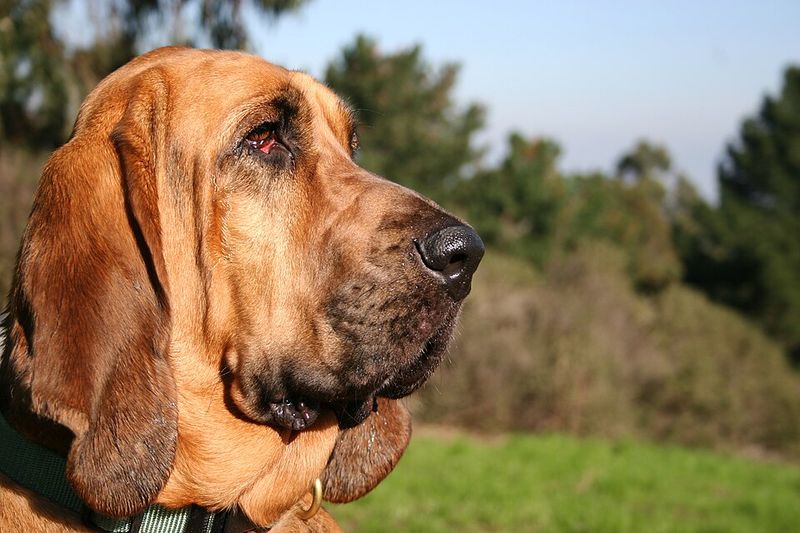Exploring the world of large dog breeds reveals not only their majestic presence but also their capacity for training and obedience. From the gentle-hearted Newfoundland to the intelligent German Shepherd, each breed offers unique traits that make them excellent companions and performers. Dive into this list of 26 breeds known for their remarkable trainability and discover what makes each one special.
Labrador Retriever
Known for their playful energy, Labrador Retrievers excel in obedience due to their eagerness to please. This breed’s intelligence makes them ideal for various roles, from therapy work to search and rescue. Their love for food is a great motivator during training sessions.
These friendly dogs are often seen thriving in active families, participating in games and outdoor adventures. With proper guidance, they quickly master commands and tasks. Their trainability is complemented by a naturally affectionate demeanor.
Did you know? Despite their name, Labrador Retrievers originated from Newfoundland. Their history is rooted in assisting fishermen by retrieving nets and fish.
Golden Retriever
With a heart as golden as their coat, Golden Retrievers are renowned for their willingness to learn. Their gentle disposition and high intelligence make them fantastic candidates for obedience training. These dogs love engaging in activities that challenge their minds.
Golden Retrievers often shine in roles such as service and therapy dogs, utilizing their gentle nature to comfort others. They thrive in environments where they’re given plenty of attention and tasks to complete.
A fun fact: Golden Retrievers have been popularized in many films, showcasing their lovable and trainable nature.
German Shepherd
German Shepherds are iconic for their loyalty and intelligence, making them exemplary working dogs. Their versatility allows them to excel in various fields, from police work to assisting the disabled. Known for their protective instincts, they are also reliable family guardians.
Training a German Shepherd requires consistency and firm guidance, which they respond to remarkably well. Their eagerness to learn and perform tasks makes them highly trainable.
An interesting fact: Originally bred for herding sheep, the German Shepherd’s capabilities quickly expanded to more complex tasks due to their trainability and intelligence.
Standard Poodle
Don’t let the fluffy coat fool you; Standard Poodles are incredibly intelligent and agile. These dogs thrive in environments where their minds are stimulated, such as agility and obedience competitions.
Renowned for their quick learning ability, Poodles respond well to training with positive reinforcement. They enjoy challenges that allow them to showcase their skills and intelligence.
Did you know? Originally bred in Germany as waterfowl retrievers, Poodles have a history of working closely with humans, which contributes to their excellent trainability.
Doberman Pinscher
With an imposing presence and sharp intelligence, Doberman Pinschers are highly respected in the world of guard dogs. Their loyalty and quick learning capability make them ideal for protective roles.
These dogs are often seen excelling in obedience training, where their keen attention and responsiveness shine. Consistent training and socialization from an early age are crucial for this breed.
A historical tidbit: The Doberman was developed by a German tax collector who needed a dog for protection, which explains their natural guarding instincts and trainability.
Rottweiler
Rottweilers are known for their strength and confidence, matched by their intelligence and trainability. This breed is versatile, often working as service dogs or excelling in obedience and herding competitions.
Firm yet positive training methods are key to unlocking a Rottweiler’s potential. They are quick learners, driven by a desire to work closely with their humans.
Fun fact: Rottweilers were originally used to herd livestock and pull carts in Germany, showcasing their strength and hardworking nature.
Boxer
Energetic and playful, Boxers bring enthusiasm to training sessions. Their intelligence and eagerness to participate make them stand out in obedience and agility sports.
Boxers are known for their affectionate nature, often forming strong bonds with their families. Consistent training helps channel their energy effectively, turning them into well-behaved companions.
Interesting fact: Boxers are named for their playful habit of standing on their hind legs and batting at objects with their front paws, which is reminiscent of a boxer’s stance.
Bernese Mountain Dog
With their calm demeanor and striking tri-color coat, Bernese Mountain Dogs excel in environments that require patience. Their gentle nature makes them wonderful family companions and therapy dogs.
Training these dogs requires a gentle hand and positive reinforcement, as they respond best to encouragement and affection. Despite their large size, they are known for their gentle temperament.
Fun fact: Originally used in Switzerland as draft dogs, Bernese Mountain Dogs have a history of working alongside humans in the mountains, which contributes to their obedient nature.
Great Dane
Known for their towering size and gentle disposition, Great Danes are often referred to as gentle giants. Their calm nature and intelligence make them receptive to training, despite their imposing stature.
Great Danes form strong bonds with their families and enjoy being included in daily activities. Early socialization and training are crucial to ensure they grow into well-mannered adults.
Did you know? The breed’s history traces back to hunting boars in Germany, but their affectionate nature has made them popular family pets.
Newfoundland
With a heart as big as its paws, the Newfoundland is every child’s gentle guardian. Known for their swimming prowess, they often participate in water rescue training.
Their calm temperament and eagerness to please make them highly trainable. These dogs thrive on positive interactions and gentle guidance.
Interesting tidbit: Newfoundlands have webbed feet, which aid in their swimming capabilities, originally used to assist fishermen in Canada.
Belgian Malinois
Often seen in military and police roles, the Belgian Malinois is a powerhouse of energy and intelligence. Their drive to work and learn is unmatched, making them exceptional in training environments.
These dogs require mental stimulation and physical activity to stay content. Their loyalty and focus make them reliable partners in demanding situations.
Fun fact: The Belgian Malinois is one of the four varieties of Belgian sheepdogs and is favored for its work ethic and trainability in high-pressure roles.
Collie
With their flowing coats and intelligent eyes, Collies are synonymous with loyalty and intelligence. Known for their herding abilities, they’re quick to respond to commands and tasks.
Collies thrive in environments with consistent training and mental challenges. Their gentle and friendly nature makes them wonderful companions for families with children.
Did you know? The famous television dog Lassie was a Collie, highlighting the breed’s intelligence and trainability for generations.
Flat-Coated Retriever
Known for their exuberant personality, Flat-Coated Retrievers are always ready for an adventure. Their playful nature goes hand-in-hand with their intelligence, making training a mutually enjoyable experience.
Positive reinforcement and engaging activities help unlock their potential. These dogs excel in roles that require both mental and physical involvement.
Fun fact: This breed was originally developed as a dual-purpose retriever, playing a key role in land and water retrieval tasks.
Vizsla
Sleek and elegant, the Vizsla is a versatile athlete known for its hunting prowess and affectionate personality. Their energetic nature and intelligence make them quick learners in training.
Vizslas thrive in active households where they can engage in regular exercise and mental challenges. Their strong bond with humans makes obedience training a rewarding experience.
Interesting tidbit: Often referred to as “Velcro dogs,” Vizslas love staying close to their owners, making them ideal for those seeking a loyal companion.
Weimaraner
With their striking silver coats and keen eyes, Weimaraners are the embodiment of elegance and energy. Known for their hunting skills, they require mental and physical stimulation to thrive.
This breed’s intelligence makes them adept at learning new commands and tricks, especially when training is consistent and engaging. Weimaraners excel in active environments.
Did you know? Originally bred for hunting large game, Weimaraners have a deep-rooted history of working closely with humans, enhancing their ability to follow commands.
Australian Shepherd
Known for their boundless energy and brilliant minds, Australian Shepherds are stars in herding competitions. Their instinctual drive to herd, coupled with intelligence, makes them highly trainable.
Aussies thrive in environments where they can utilize their energy and problem-solving skills. Regular training sessions and mental challenges keep them satisfied.
Fun fact: Despite their name, Australian Shepherds were actually developed in the United States, becoming popular with ranchers for their herding abilities.
Alaskan Malamute
With their thick coats and powerful build, Alaskan Malamutes are icons of endurance and strength. These dogs are known for their ability to work in harsh conditions, originally bred for sled pulling.
Training requires patience and consistency, as Malamutes are independent thinkers. Engaging them in tasks that utilize their strength and intelligence is key.
Interesting tidbit: Alaskan Malamutes have a high prey drive, so early socialization is crucial to help manage their instincts and ensure obedience.
Bouvier des Flandres
Strong and agile, the Bouvier des Flandres was originally bred for farm work, including herding and cart-pulling. Their intelligence and dedication make them excellent working dogs.
Bouviers require consistent training and guidance to channel their energy and drive. Their loyalty to their family makes them protective companions.
Fun fact: The Bouvier des Flandres played a critical role during World War I by carrying messages and pulling ambulance carts across the battlefield.
Great Pyrenees
With their majestic appearance and calm demeanor, Great Pyrenees are natural protectors. Known for their ability to guard livestock, they possess a strong instinct to protect their territory.
Training requires patience and understanding of their independent nature. These dogs respond well to gentle guidance and rewards.
Did you know? The Great Pyrenees has been used as a livestock guardian for centuries, originally bred in the Pyrenees mountains of France and Spain.
English Setter
Elegant and gentle, English Setters are known for their hunting skills and sweet nature. Their intelligence and eagerness to please make them trainable companions.
English Setters thrive in environments where they can engage their keen senses and energy. Positive reinforcement helps to bring out their best.
Fun fact: English Setters were developed to “set” or locate game birds for hunters, showcasing their natural pointing abilities and intelligence.
Rhodesian Ridgeback
With their distinctive ridge of hair along their back, Rhodesian Ridgebacks are unique in appearance and temperament. Known for their courage and independence, they require firm and consistent training.
This breed thrives with experienced owners who can provide the mental and physical challenges they crave. Their loyalty and protective instincts make them excellent family guardians.
Did you know? Rhodesian Ridgebacks were originally bred in Africa to hunt lions, showcasing their bravery and skill as hunters.
Giant Schnauzer
Powerful and intelligent, Giant Schnauzers are known for their alertness and loyalty. They excel in roles that require intelligence and discipline, such as police work and competitions.
These dogs require consistent training and mental stimulation to prevent boredom. Their protective nature makes them reliable guardians.
Fun fact: Giant Schnauzers were originally bred in Germany as versatile working dogs, herding cattle and guarding properties.
Irish Setter
With their stunning red coats and graceful movement, Irish Setters are both beautiful and intelligent. Known for their hunting skills, they require regular mental and physical exercise.
Irish Setters respond well to positive reinforcement and consistent training methods. Their enthusiastic nature makes them delightful companions.
Did you know? Irish Setters were bred for bird hunting, known for their ability to “set” or locate game birds, showcasing their natural skills and intelligence.
Cane Corso
With their strong build and protective instincts, Cane Corsos are impressive guardians. Their intelligence and loyalty make them highly trainable, especially in protective roles.
These dogs require consistent training and early socialization to ensure a well-balanced temperament. Their strength and loyalty make them reliable family protectors.
Fun fact: Cane Corsos date back to ancient Rome, originally used as war dogs and guard dogs, highlighting their natural abilities as protectors.
Akita Inu
Known for their dignified presence and loyalty, Akita Inus are symbols of strength and courage in Japan. Their independent nature requires consistent training and understanding.
Akitas are known for forming strong bonds with their families, making them loyal companions. Early training and socialization are crucial to manage their protective instincts.
Interesting tidbit: The Akita Inu is a national treasure in Japan, celebrated for their loyalty and bravery, with stories like Hachiko capturing the world’s heart.
Bloodhound
Famous for their extraordinary sense of smell, Bloodhounds are unparalleled in tracking and trailing tasks. Their keen instincts and intelligence make them excellent at scent work.
Training a Bloodhound involves harnessing their natural tracking abilities, which they excel at with dedication and focus. Their gentle nature makes them wonderful companions.
Fun fact: Bloodhounds have been used in law enforcement for centuries to track missing persons and criminals, showcasing their incredible scenting abilities.


